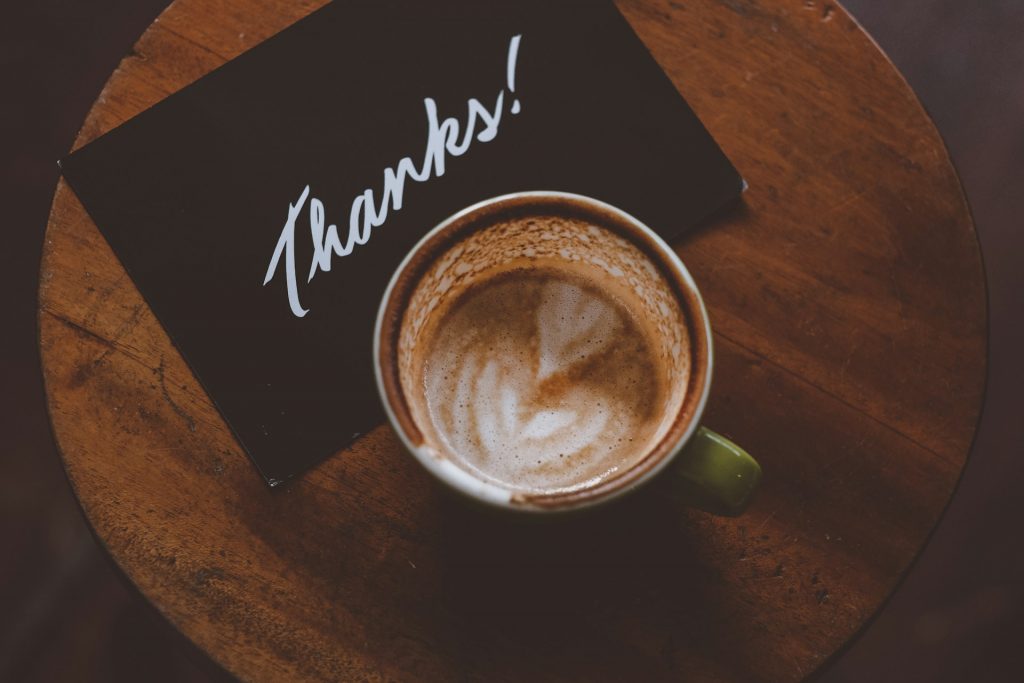
GUEST POST from Shep Hyken
What is a loyalty program? It’s a program designed to get customers to come back. That’s different than true customer loyalty, but it’s a pretty darn good start. In our 2024 State of Customer Service and CX research (sponsored by RingCentral), we included a section of questions that focused on customer loyalty and rewards programs. Before we get into the findings, let’s look at three examples of some of the best.
1. Amazon Prime: When I Googled the question, “Is Amazon Prime a membership program or a loyalty program?” the first answer came from an NBC News article that included this description: “Amazon Prime is Amazon’s paid loyalty program. …” First, Amazon offers tremendous value for its program, including free shipping, Prime TV and more, which by itself is worth paying for. However, there is also the psychology that if you pay for something, you want to get value from it, so use it. Therefore, many Amazon customers choose Amazon over competitors because they pay for the loyalty program and want to get the most value from it. Of course, Amazon is known for its stellar customer experience, so that combined with the Prime program gives it a competitive advantage over other online retailers.
2. Restoration Hardware: When you pay $200/year for its RH Members Program, you get 25% off all full-priced merchandise and 20% additional savings on sales items. In addition, you get complimentary access to its designers. The RH program is more of a discount program than a true loyalty program, but it does what it’s supposed to do, which is to get customers to come back. Like Amazon, I Googled the RH Members Program to see what others said, and many referred to it as a “Premium Loyalty Program.” And with that premium price, an RH customer expects a premium customer experience, and Restoration Hardware delivers.
3. American Airlines: American Airlines consistently ranks high among frequent flier programs, and The Points Guy rates AA as the best for earning status without ever flying. Using the AA credit card (most airlines have affiliations with credit card companies), you can rack up miles for free trips and status. An Omnisend.com article on loyalty programs included AA as the only airline in its list of 10 Businesses with the Best Loyalty Programs. I’ve been in the AA program since the 1980s and have amassed miles, perks and status. Reaching any level of status on the airline gives you more than perks. Employees recognize when passengers are members of their program and, quite simply put, “They treat you right.”
These are examples of paid and/or free loyalty programs and membership programs. There could be a book written to describe the many versions of loyalty programs. Most are marketing programs, focused on repeat business. There are points, discounts, perks, and now, experiences. Zsuzsa Kecsmar, co-founder of Antavo, a customizable loyalty platform and publisher of the Global Customer Loyalty Report, adds, “Loyalty programs used to be earn-and-burn. You spend a dollar and earn a point. But today’s loyalty programs can do much more with experiential rewards, early access and rewarding other activities outside of purchasing.”
As mentioned, are many versions of loyalty programs. A restaurant may offer a punch card where every fifth sandwich is free. Customers may be willing to pay to be part of a “loyalty program” to get perks and discounts. With all that in mind, here are some interesting findings from our research to help you decide if the effort to create a loyalty program is worth it:
- 61% of customers said rewards programs were important to giving a company or brand repeat business.
- 46% are willing to pay more for a company or brand that has a good loyalty or rewards program.
- 76% are more likely to return to a company that has a good customer rewards program.
- 57% would choose to switch to a brand that has a loyalty program if another brand did not.
- 55% have recommended a brand or company to others because of its loyalty program.
- 39% have made an unplanned purchase just to earn more points or rewards.
If a loyalty program is part of your business model (or if you’re considering it), these findings make the point. The numbers make a compelling argument for developing a loyalty program. The last finding is especially intriguing. Almost four in 10 customers made a purchase just to earn more points or rewards.
Realize that a loyalty program is more often a marketing program. Some consumers become loyal to the program more than to the company or brand. True loyalty is about a customer being emotionally connected to a company, not just to the perks and points in a loyalty program. If you combine an amazing customer experience with a loyalty program, you have a winning combination.
Image Credits: Unsplash
This article originally appeared on Forbes.com
![]() Sign up here to join 17,000+ leaders getting Human-Centered Change & Innovation Weekly delivered to their inbox every week.
Sign up here to join 17,000+ leaders getting Human-Centered Change & Innovation Weekly delivered to their inbox every week.